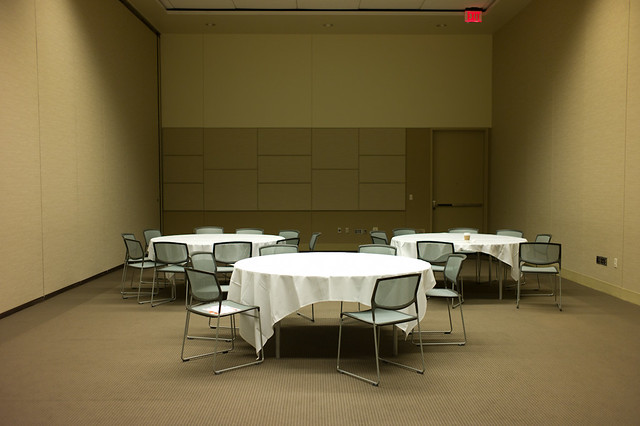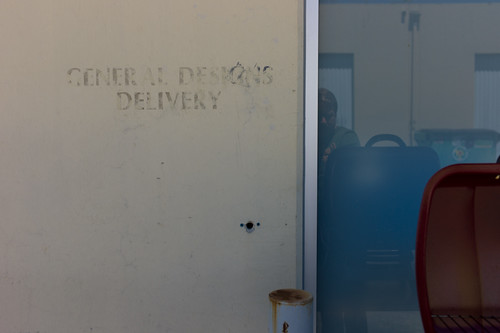Back in 2010 at the University of Michigan Taubman School’s conference on “The Future of Technology” is where I first started thinking about the future as represented in graphs. I brought this visual graphical prop back again at the AIGA conference this last weekend in Phoenix. I guess I figured that a graphic of the future would be a good way to start a talk of the design professional society that at least started with a strong emphasis on graphic arts. (But it’s broadened itself, as I understand, which is good.)
I started with these hand drawn illustrations as a way to show that the future is contestable and malleable and one can make it and need not subscribe to the least-common denominator ideologies about what the future looks like. More than “disruption” — which has weird connotations with business, but just creating a future we imagine, not driven by forces that have typical measures of “future” that includes better battery life and larger screens and more brain-y smart devices.
I participated in a discussion on Design and Storytelling. It was a rehash of some existing material on Design Fiction and the various idioms and conventions that Design can learn from science fiction in order to do the work of design — and not just communicate design ideas, but actually *do design.
Parenthetically, I’ve only recently become a part of the AIGA and I’m still in a phase of my professionalization in design. I think it’s quite important to understand that being anything in any community means being a part of the community which means circulating oneself — ideas, conversations, listening and learning. It is a way of advancing oneself *and advancing that professional community. This is why I go to these things and why I try my best to be an active part of the conversations and discussions — contributing something in the form of a talk or a workshop. It’s not because I like to travel around. That part is actually hard on the body and the home. But it’s part of what it means to be “advanced” at whatever one does. Advanced Designers who do not Advance Design are just shift workers. And then they’ll come a time when they are obsolete because they never paid attention to the larger advances in their community and one day they’ll have befuddled looks when the generation or two “behind” them comes up and eats their lunch. It should be a formal requirement to participate at these levels, proactively. There’s a three step plan. I describe it here: http://www.nearfuturelaboratory.com/2009/04/29/follow-curiosity-not-careers/
Okay. Rant on Advanced Designers who don’t Advance Design is officially over.
Going to these things is hard, fun work — but, then you also learn *new things and meet *new people! One high-note for me was this fellow who I’m sure you all already know about and I may be the last one — Jackob Trollbäck. Here is a designer who I could admire right away as he finds the curious, little weird things full of possibility for expression and experimentation. There were a number of things he showed that were just almost incongruous studies and experiments, much of which was wrapped up in sound and rhythm (also topics of great interest to the laboratory these days) as well as curious visual studies and experiments. These were informal experiments — playing with images and videos from an iPhone that turn a technical failing into an aesthetic marvel. These sorts of unexpected things are very interesting to us here.
Also! There was a little bit of a confirmation for my own personal “that’s weird” study — things that happen and one notices them repeatedly. There’s no big theory explanation here, but I notice curious alignments of numbers on clocks — digital clocks. I was capturing them quite regularly and uploading them to a Tumblr. And then I stopped because people would say — no..that’s not weird. It’s just the time. But it seems Jackob Trollbäck has done the same. So — it was a bit of an affirmation of my weird observations.
Related, here’s the talk from the University of Michigan where I first showed these hand-drawn sketches of the future. I think there’s a t-shirt in here somewheres..

